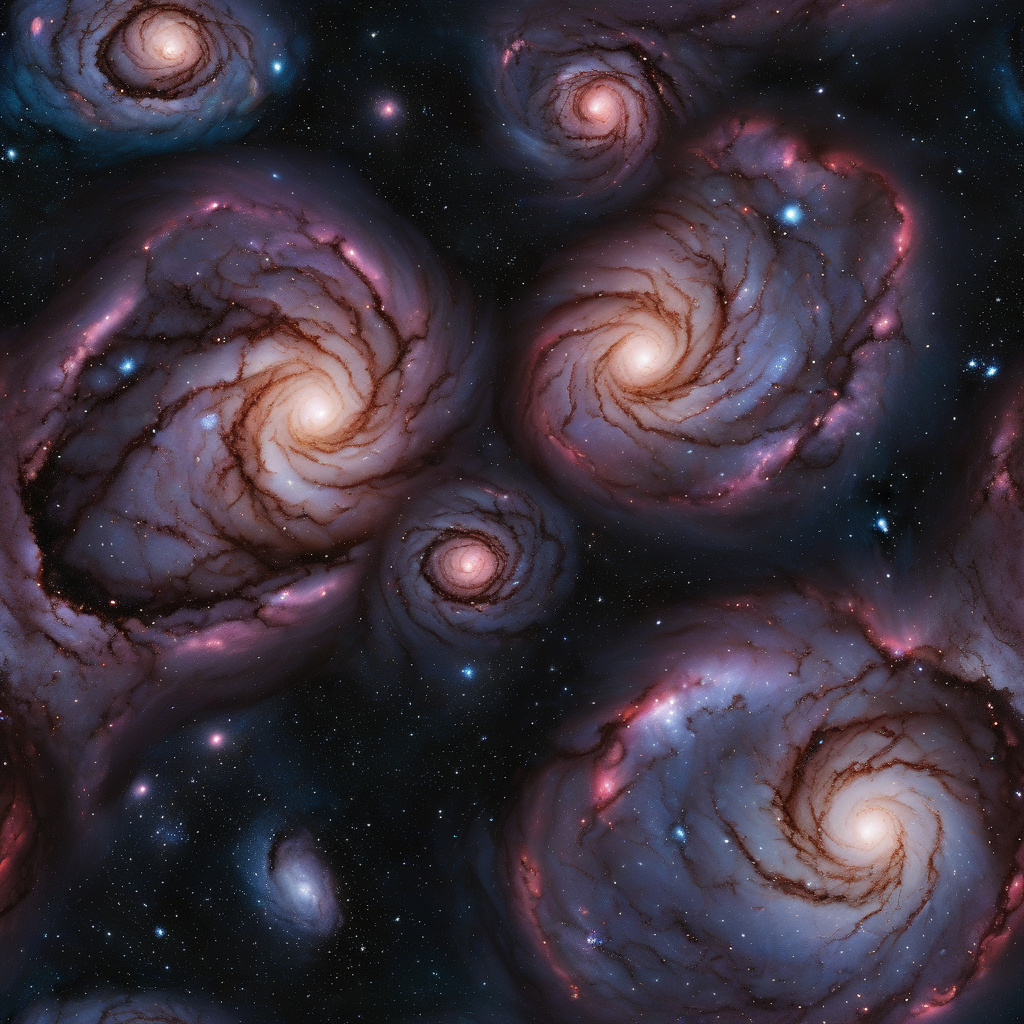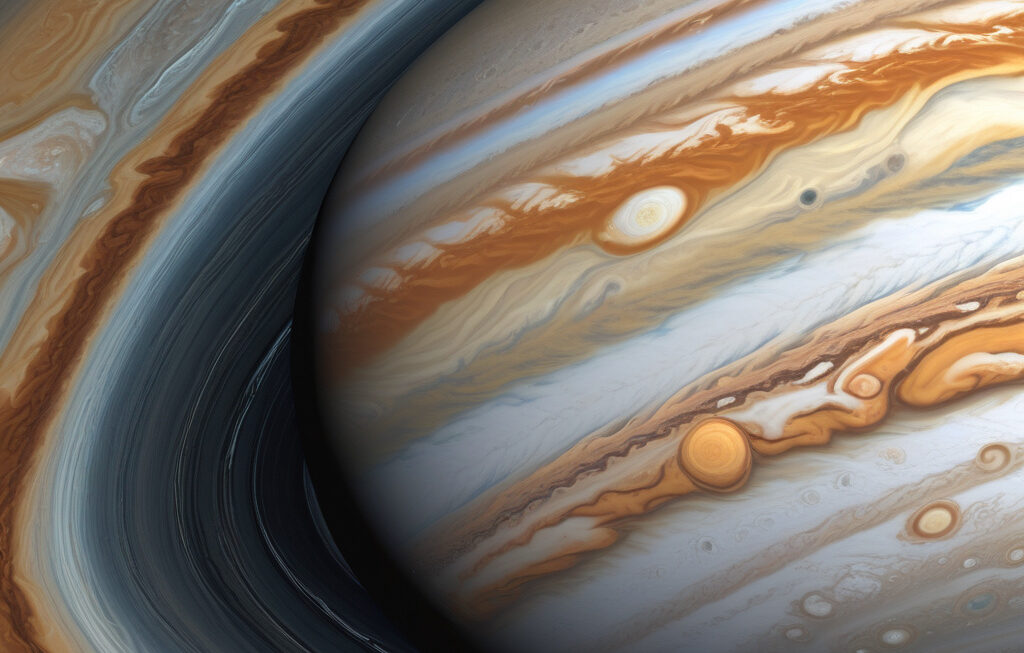When Darkness Burns: The Strange Lives of Dark Dwarfs in the Galaxy’s Heart
In the silent depths near the center of our galaxy, something unusual may be happening. Amidst the vast expanse of space, where stars twinkle like distant diamonds, a peculiar phenomenon is unfolding – the existence of dark dwarfs. These enigmatic celestial bodies, shrouded in mystery and intrigue, challenge our understanding of the cosmos and beckon us to explore the depths of the unknown.
Dark dwarfs, also known as black dwarfs, are a rare breed of stellar remnants that lurk in the shadows of the galaxy’s heart. Unlike their luminous counterparts that blaze brightly before fading into oblivion, dark dwarfs are stellar remnants that have cooled down to near-absolute zero, emitting little to no light or heat. These cosmic specters drift silently through the void, like ghosts haunting the cosmic night.
What makes dark dwarfs truly fascinating is their paradoxical nature. Despite being cold and dark, these celestial entities possess a gravitational pull that rivals their more radiant kin. Their sheer mass and density defy conventional wisdom, hinting at exotic physics and strange phenomena at play. Scientists believe that dark dwarfs may hold the key to unlocking the secrets of dark matter, the elusive substance that comprises most of the universe’s mass.
The study of dark dwarfs is a testament to human curiosity and ingenuity. Astronomers and astrophysicists around the world have devoted their careers to unraveling the mysteries of these cosmic enigmas. By peering through powerful telescopes and conducting intricate simulations, researchers have pieced together the puzzle of dark dwarfs, shedding light on their peculiar properties and behavior.
One of the most intriguing aspects of dark dwarfs is their potential role in galactic evolution. As ancient remnants of long-dead stars, these celestial fossils offer a glimpse into the past, revealing the tumultuous history of our galaxy. By studying the distribution and characteristics of dark dwarfs, scientists can reconstruct the timeline of cosmic events that have shaped the Milky Way and other galaxies in the universe.
Furthermore, dark dwarfs challenge our preconceived notions of life and habitability in the cosmos. While traditional astrobiology focuses on planets orbiting around sun-like stars, dark dwarfs open up new possibilities for extraterrestrial life. The frigid depths of space, where dark dwarfs reign supreme, may harbor exotic forms of life adapted to extreme conditions, sparking the imagination of scientists and science fiction enthusiasts alike.
As we peer into the depths of the galaxy’s heart, where darkness burns and dark dwarfs roam, we are reminded of the boundless wonders of the cosmos. These silent sentinels of the night sky beckon us to explore, to question, and to dream of what lies beyond the veil of the unknown. In their strange lives and mysterious ways, dark dwarfs embody the enigma and beauty of the universe, urging us to gaze upon the stars with wonder and awe.
#DarkDwarfs, #GalacticMysteries, #CosmicEnigmas, #StellarRemnants, #AstronomicalDiscoveries












